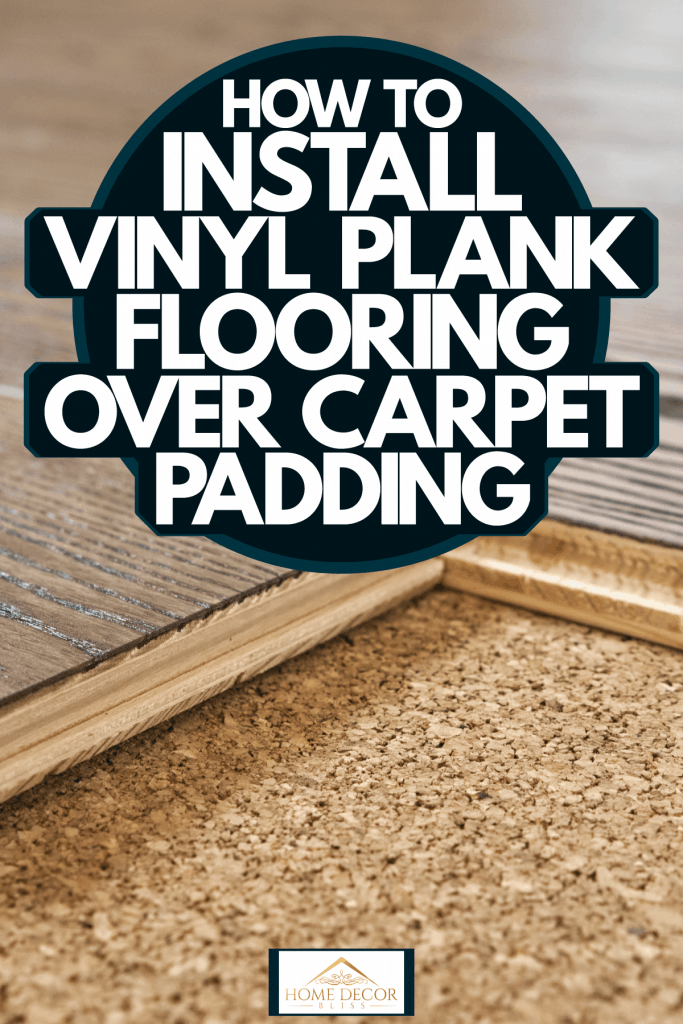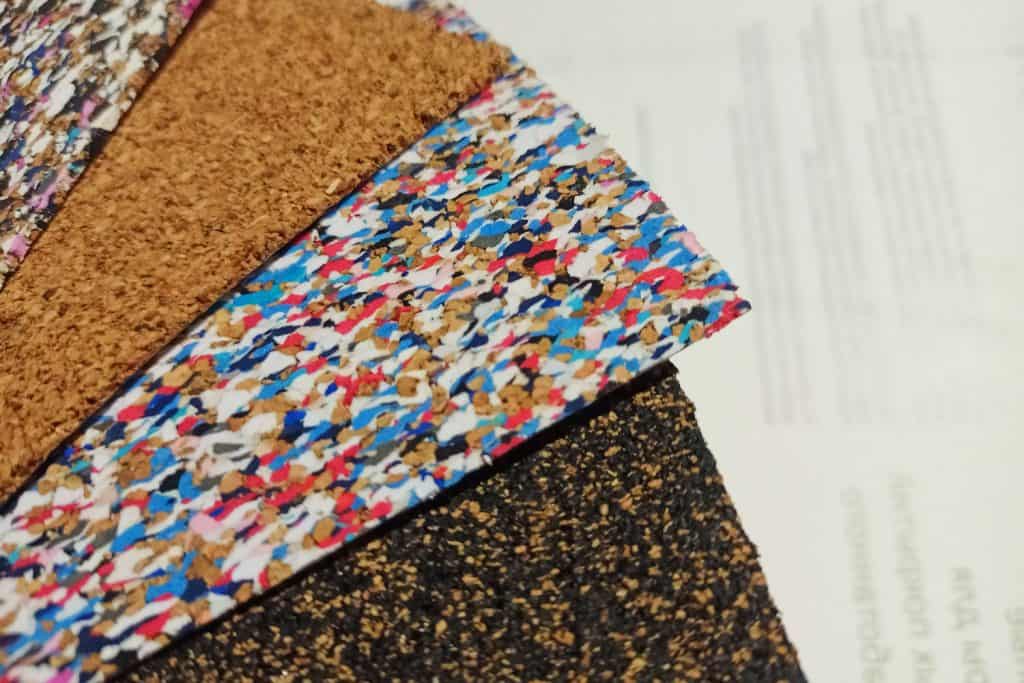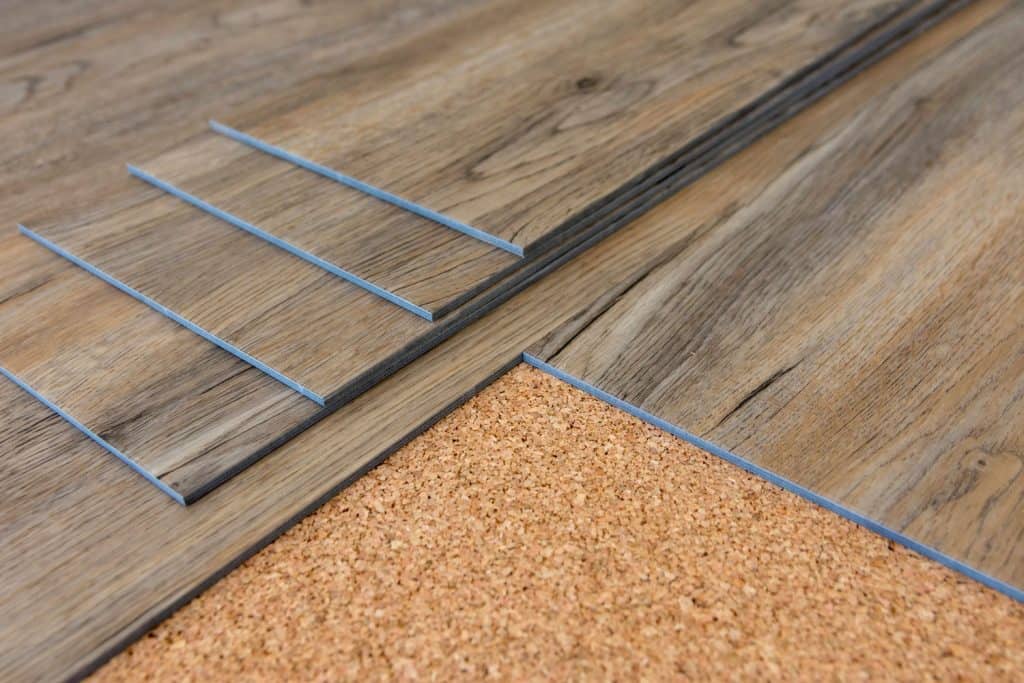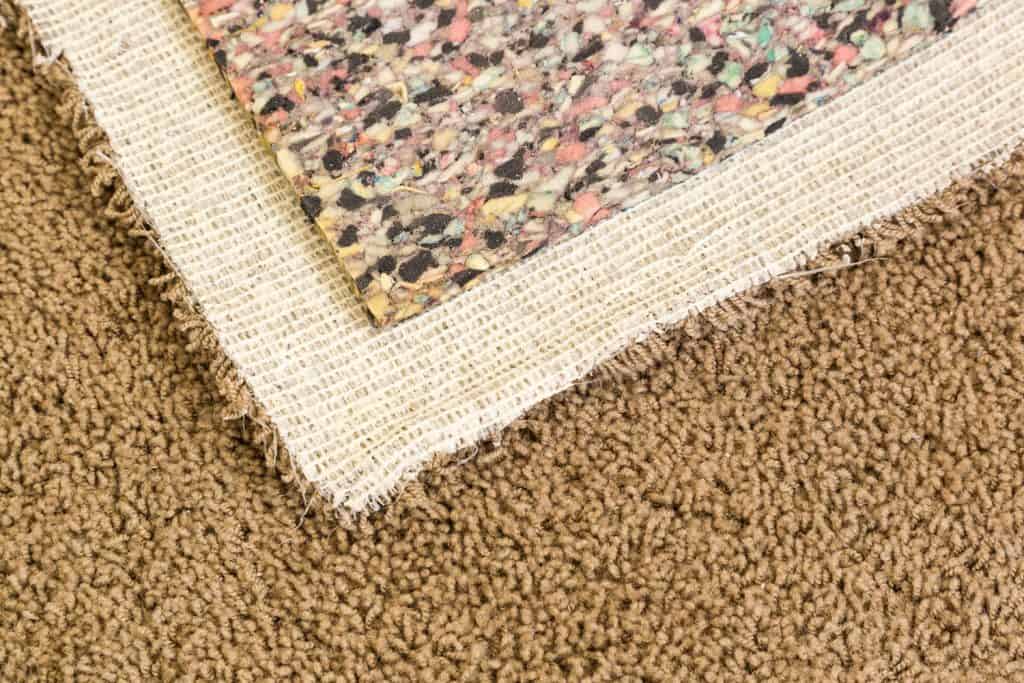Vinyl plank installation has become a popular option for DIY projects due to its versatility, low cost, and easy to install nature. You may be wondering how to install vinyl plank flooring over carpet padding. We have thoroughly investigated and have found some answers.
Most flooring professionals advise against installing vinyl plank flooring over carpet padding. Most carpet padding is too thick and does not provide the firmness to allow the planks to hold together. If you choose to go ahead and install vinyl plank flooring over carpet padding, here are some tips that might make the installation successful.
- Install on thin firm padding
- Use 1/4 inch plywood as an underlay
- Install in low traffic areas
- Use vinyl plank that has a peel and stick backing
- Install vinyl plank flooring over low pile, firm carpet
Still curious about installing vinyl flooring over carpet padding? We understand! Keep reading as we break down each tip and discuss other questions you might have so that you can make the best decisions about your next flooring project.

Can You Install Vinyl Plank Flooring Over Carpet Padding?
Most flooring professionals will advise against installing vinyl plank over carpet padding in general. Due to the give in most padding, the interlocking system of vinyl plank can break apart from stress and weight, causing unsightly breaks and potential tripping hazards.
Installing your floor over the wrong kind of underlay can void your manufacturer's warranty, which is why most professionals will not install a floor for their clients over carpet padding. It presents a liability for them.

We may include affiliate links and curated AI content to highlight top design styles.
In many cases, you would need to cut up the door casings for the extra height. If your carpet pad ends up being too thick and you have to remove it, you need to repair the door casings or have a noticeable gap between the floor and the casing once the floor is installed properly.
The situation may be a little different for you if you need to install flooring in a small area of your home or are unable to remove the carpet padding. Though professionals might not install over carpet padding for a client, some installers concede you may be able to do it yourself with the following best practices.
How To Install Vinyl Plank
In general, regardless of the surface, the actual installation of the plank is actually quite simple. You will need spacers, a ruler and a utility knife.
Install the spacers around the perimeter of the room.
Click here to see an example of spacers on Amazon.
Slip the first boards under the spacers forming your first line. When coming to the end of the line, use the utility knife and ruler to cut the last piece to fit. Use this piece to start the next line to ensure a staggered floor.
Click here to see this utility knife on Amazon.
Repeat the pattern, end with the transition edges that came with your flooring, or choose a transition based on whether you have carpet meeting vinyl plank or vinyl plank to other materials of the same height.
Click here to see a transition that connects carpet to hard floors on Amazon.
Click here to see this transition for same-height flooring on Amazon.
Install On Thin Firm Padding
When most think of carpet padding, they think of the thick cushion that's available today. Older carpet or carpet that's been laid in a basement or game room may not be over a thick cushion. If this is the case for the room that you want to install your flooring in, you may install over the padding.
To test your carpet padding, step on it wearing a tennis shoe or another heavier shoe. If the cushion does not allow your foot to sink in and has very little give, then this would be an acceptable surface to install your vinyl plank. If you can see it bunch up past the bottom of your shoe, you should remove this carpet padding to install your floor.
Some carpets are padded with a firm foam layer underneath with little to no give in the actual sub-layer. This type of padding could also support a vinyl plank floor.
Use 1/4 Inch Plywood As An Underlay
A common underlay for vinyl flooring is a 1/2 inch particle board. This is not recommended in this scenario since we need a firmer surface to make up for any give in the carpet padding.
Choose 1/4 inch plywood for your install to give your floor the best possible chance. Do lay down the plywood so that there are no seams by doorways or high traffic areas. This will prevent folding and breaks in the floor by providing seamless support.
It is important to note here that professionals say that unless there is a reason you need to install over your carpet padding, the added cost of the plywood would definitely reverse any savings you might have had in time and money by leaving the padding down.

Install In Low Traffic Areas
You may have an indoor garden room or a room for your pets when company comes over. Vinyl plank is a go-to option for these types of rooms for their easy-to-clean nature.
If you need to leave thin carpet padding down in these types of areas, you may install vinyl plank over it due to the low traffic and less stress on the boards. You wouldn't want to try this in a high-traffic area like a living room or entryway.
Use Vinyl Plank That Has A Peel And Stick Backing
When pressed, some flooring experts speculate that a peel and stick vinyl plank would work over carpet padding since there is no locking system to crack, and there may be more give in the flooring.
This is the easiest flooring to install and is great for use in temporary situations. To install this flooring, you would peel the backing off then stick it in a staggered pattern to your plywood underlay.
Click here to see peel and stick plank on Amazon.
Install Vinyl Plank Flooring Over Low Pile, Firm Carpet

If your carpet is a very low pile, it might not have padding beneath it. Some commercial carpets like those used in offices and studios and older, thinner, firmer carpets are just glued down. In this case, you could install the planks right over the carpet.
Installation over a low pile carpet is more common than over the padding, and DIYers have done it effectively. If your carpet is firm enough to have little to no padding, then you may consider installing the vinyl over the carpet. This would be a good option if you rent and want to protect the carpet.
Installation over a higher pile carpet may be possible using the plywood underlay method above.
What Is The Best Underlay For Vinyl Flooring?
Most vinyl plank is sold with the underlay attached. Always read the manufacture's specs and instructions for the best underlay for your project as it can vary widely. The most popular underlay for non-padded vinyl is particle board or plywood.
Do I Need Underlayment For Vinyl Flooring With An Attached Pad?
If you are laying down directly on the subfloor, often, you would not need an underlayment since most vinyl flooring comes with the pad attached. Some installers opt to have a moisture barrier, especially in damper areas of the house or damper climates. Most installers will install vapor barriers over cement due to its porous nature.
Click here to see this vapor barrier on Amazon.
What Happens If You Don't Put Underlayment Under Vinyl Plank Flooring?
You may want to have an underlayment under your vinyl plank if your goal is noise reduction. Even with padding attached, the vinyl planks installed without underlayment can be quite noisy. When installing in an office or studio, it would be especially important to have noise-reducing underlayment.
Click here to see this quiet walk underlayment on Amazon.
How Long Do Vinyl Planks Last?
Vinyl planks are manufactured from a material that is quite durable. Most planks can have a life of 10 to even 20 years in most cases. Very thin vinyl will last at least 5 years, where thicker luxury vinyl can be covered under warranty for up to 25 years.
Consult The Manufacturer's Recommendations When Installing Vinyl Plank

Now that you know what to consider when installing vinyl plank over carpet padding and that it would not be the best underlayment to go with, consult the specs and instructions that came with your flooring or the manufacture's website.
Avoid voiding your warranty by installing on top of the wrong material. Make the most of the long warranties vinyl planks often come with, and you will have a floor that looks great, and that can be installed and reinstalled for years to come.
You may also be interested in the following articles.










